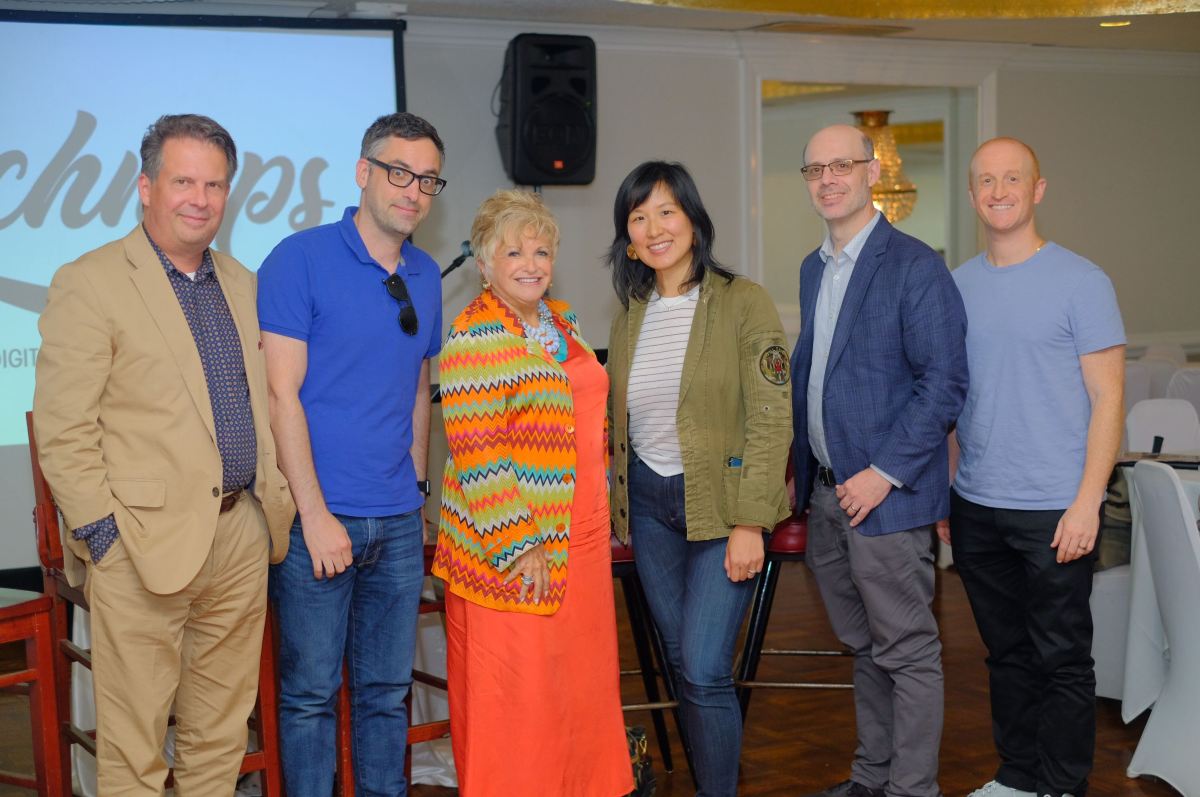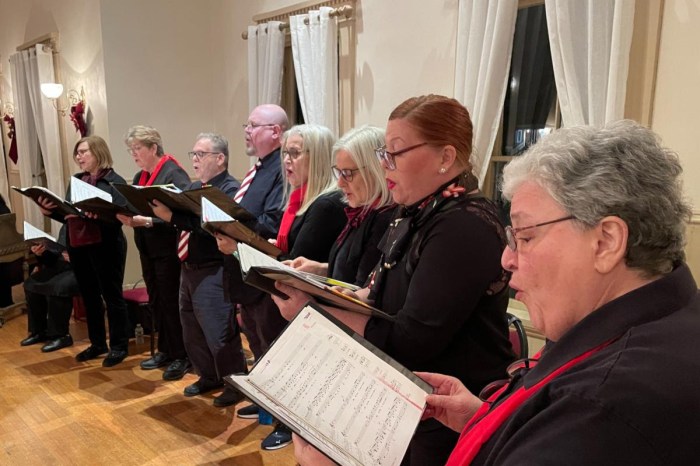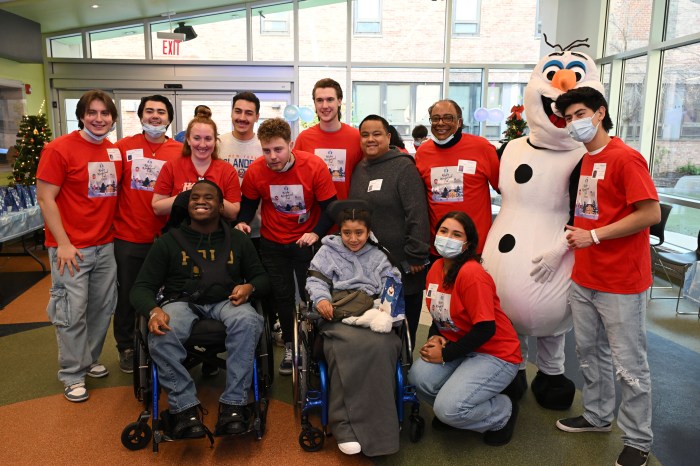How do journalists approach a local story when their audience is consists of a broader geographic range?
According to editors from publications that have withstood the financial downturn in the industry, it all boils down to perspective and finding pothole stories that every community can relate to.
Schneps Media held in Bayside on Sept. 6 a panel of journalists from publications that are thriving in the online world. In attendance were the editors and journalists representing Schneps Media’s more than 70 print and digital outlets. The event was hosted by Wendell Jamieson, the former Metro editor of The New York Times, now working as a consultant to Schneps Media.
For Jen Chung, a founder of Gothamist, a story she would want to tell her readers about would zero-in on a familiar quirk about their everyday life that can be disseminated between peers.
“I think a Gothamist story is something about New York, it’s that story you want to share with your friends immediately,” Chung said. “It’s like the thing that you’re curious about, that you have questions about. Like, ‘Why is Eric Adams ladling out dead rats from a trap?’ It something where you can start a conversation with.”
Jake Dobkin, also from Gothamist, explained that a story they would catch onto would be highly visual for their audience. Brooklyn Borough President Eric Adams fishing dead rats out of a bucket of alcohol at a Sept. 5 press conference to illustrate new methods of extermination was a good example.
“[The rat story] was absurd, as Gothamist has a love of the absurd. Be on the lookout for stories that have national legs that have a local peg,” Dobkin said. “We never just want to do a pothole story unless there’s a reason. Its got to be one hell of a pothole or a pothole with national significance.”
A strong story makes readers feel as though they are a part of the issues at hand, Jere Hester, the editor-in-chief of THE CITY, said.
Even though the new nonprofit news organization’s online readership extends across the five boroughs, Hester looks for narratives that are universal to all city-dwellers and drives action.
“For us, it’s really a story that hopefully you can see yourself in. Your concerns, your experiences reflected in the story or the concerns and experience of someone you know and love. Or it’s a story that just as a New Yorker you’re like, ‘I didn’t know about this. This is crazy,” Hester said. “In terms of our tone, I think it’s still evolving … I’m looking for stories that are told with a tabloid urgency and a tabloid clarity, but without the tabloid excesses.”
For community news, journalists under the Schneps organizations see these themes in the reverse; instead of looking out for how the local story can have broader significance, its about seeing how the national, statewide or citywide issues impact neighborhoods.
“If you want [a story] to travel the internet beyond Ridgewood, you do have to find a larger significance and I think this is the great struggle of local news in America right now,”Schneps Media consultant Wendell Jamieson said. “How do we cover our local communities in a way that can scale up up our readership to bring in some advertising dollars and survive.”





































